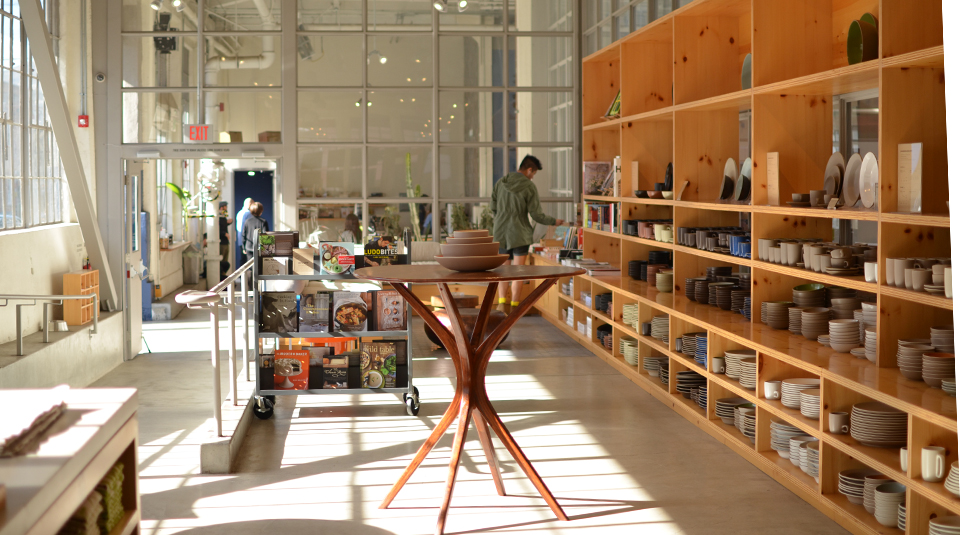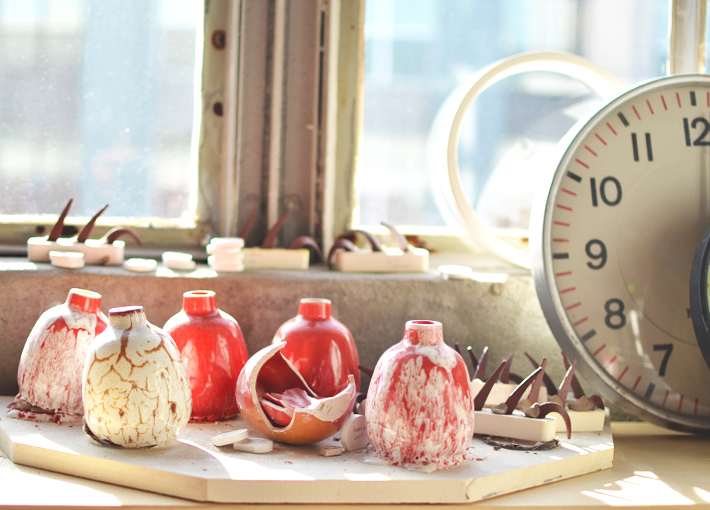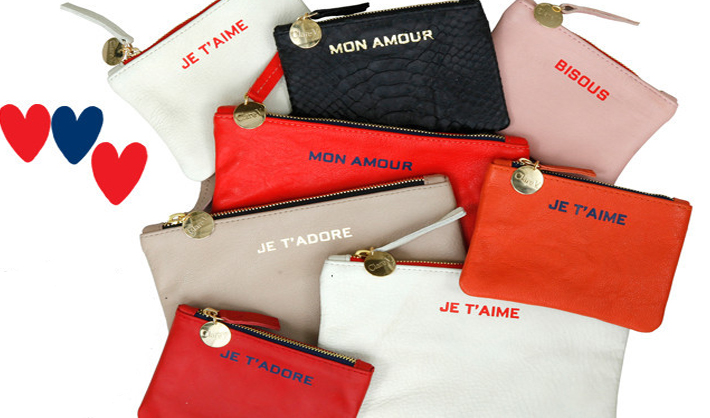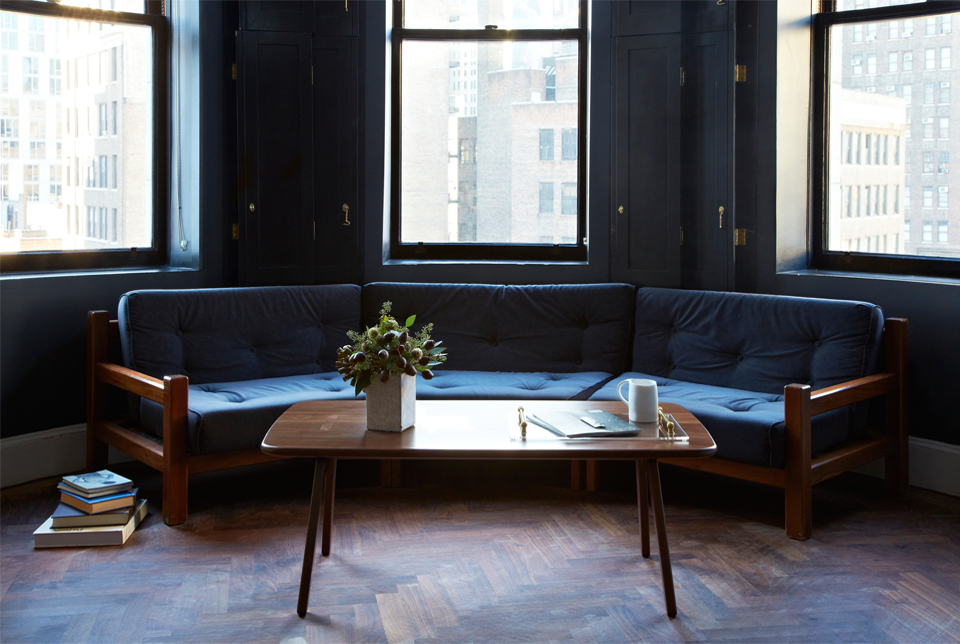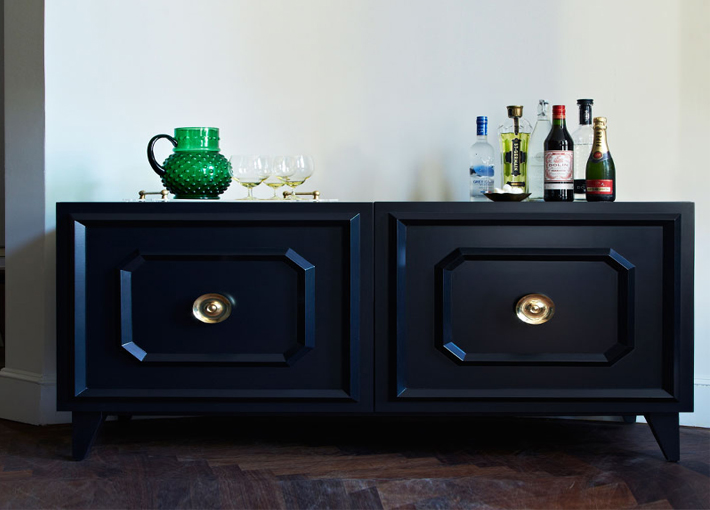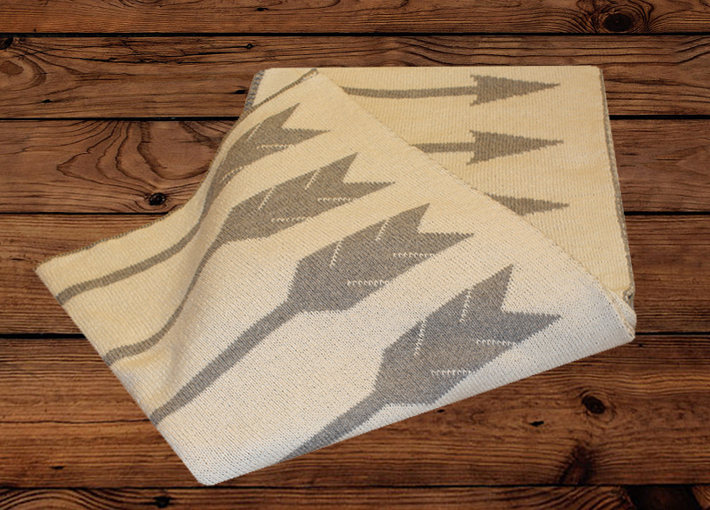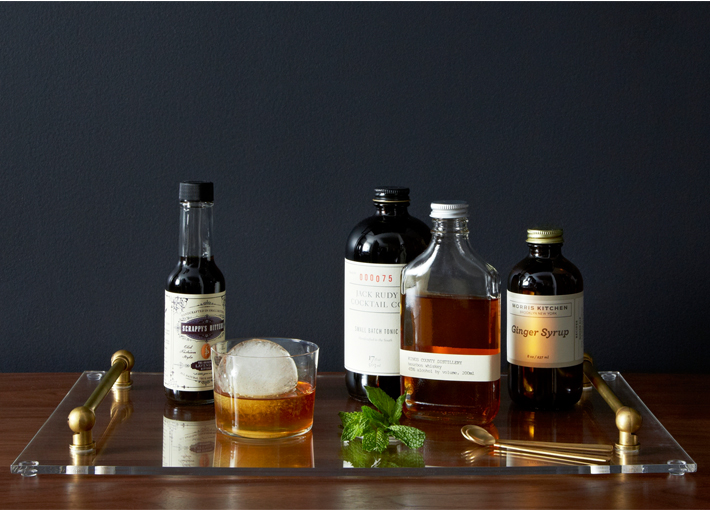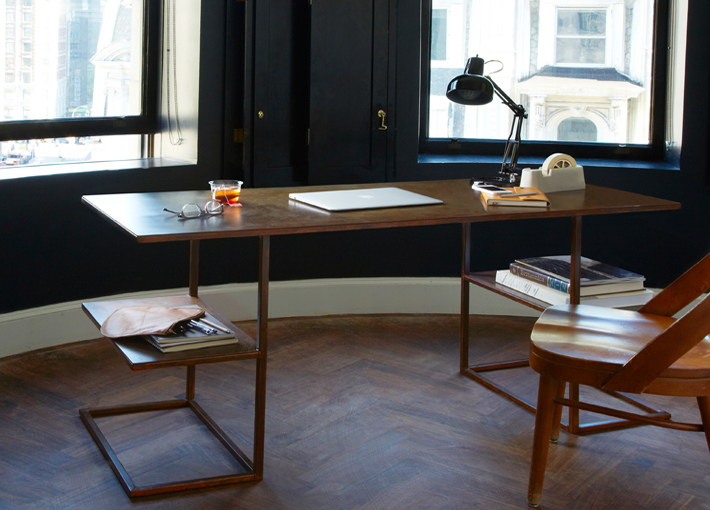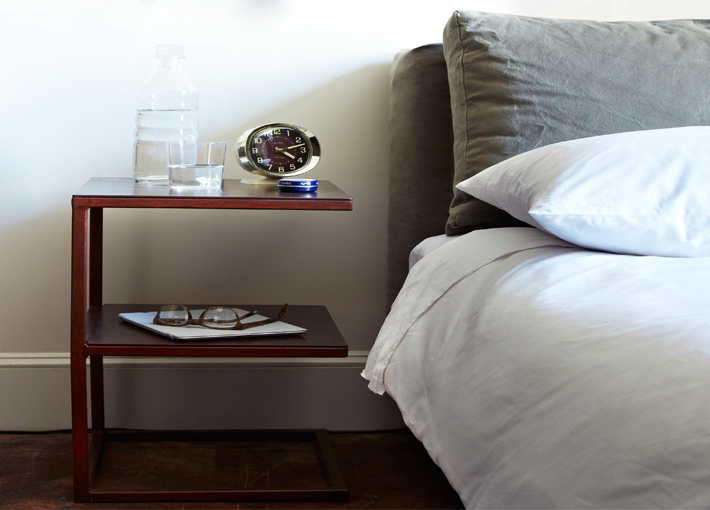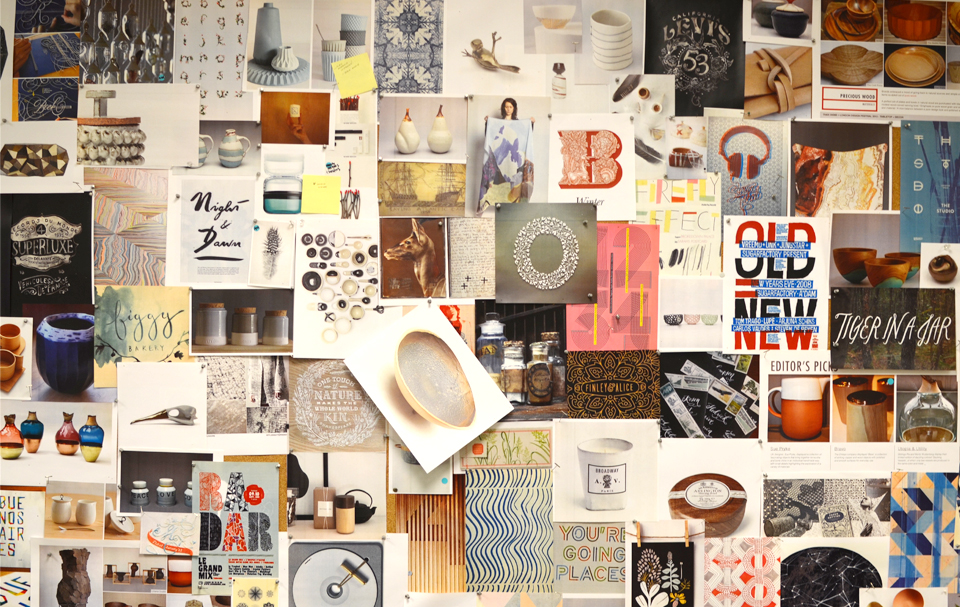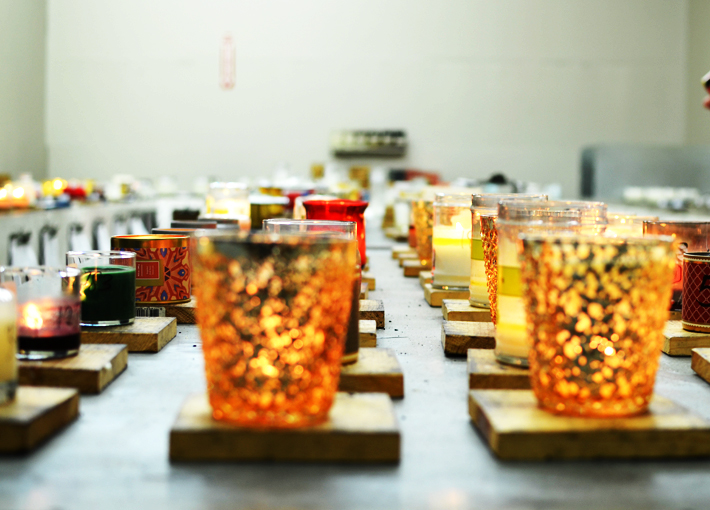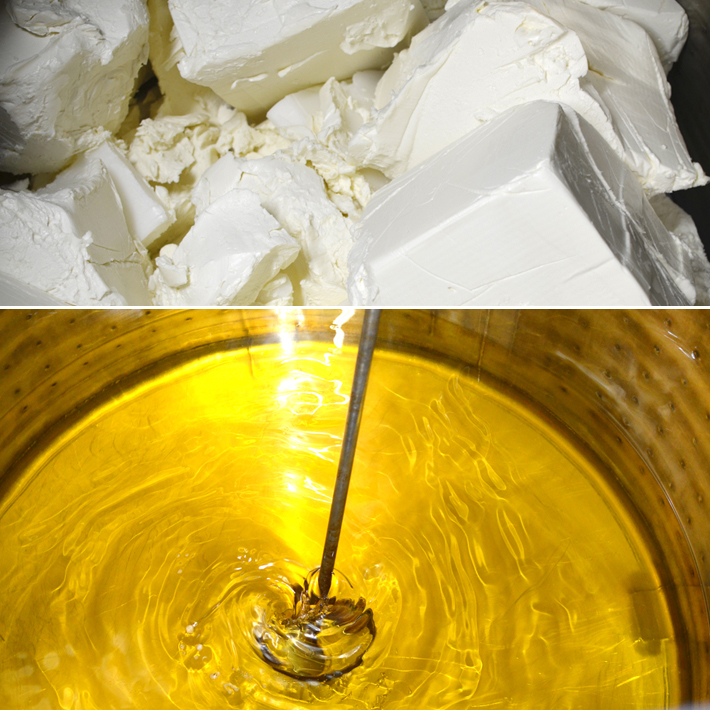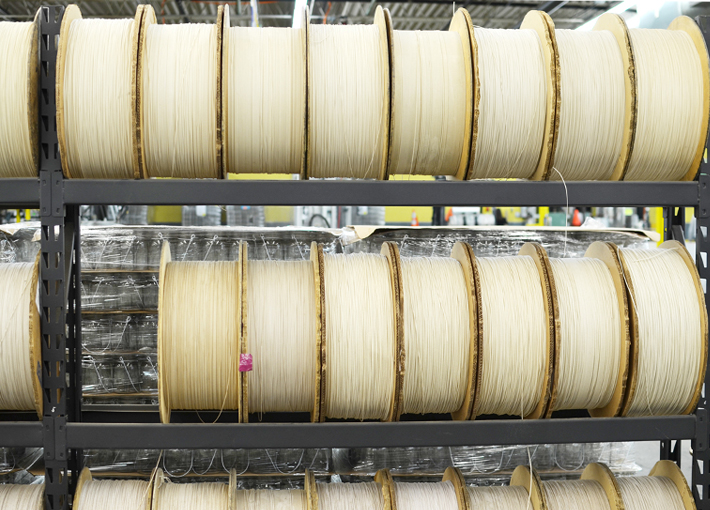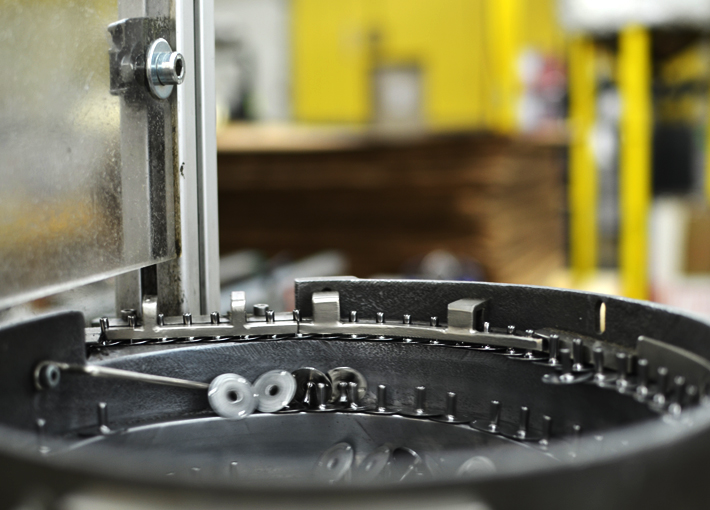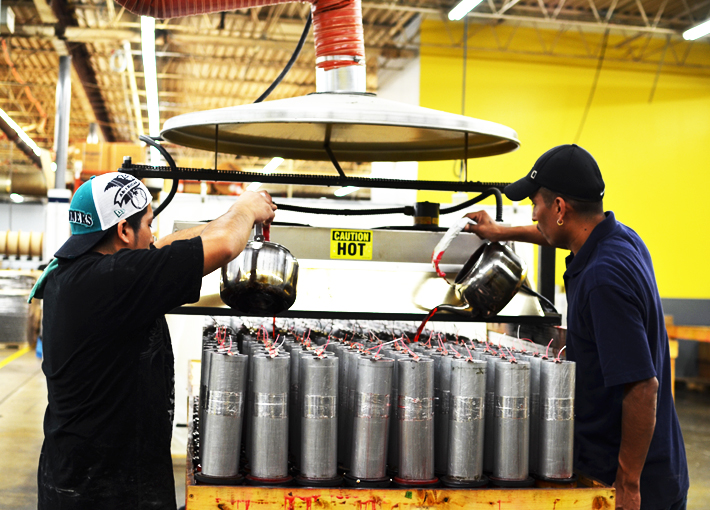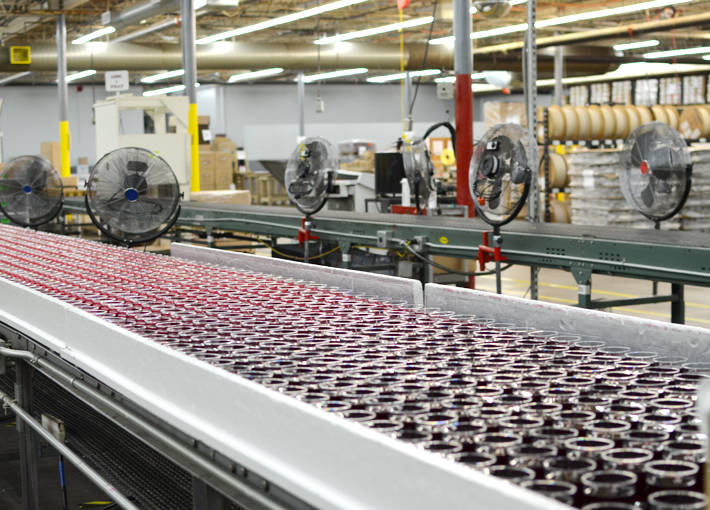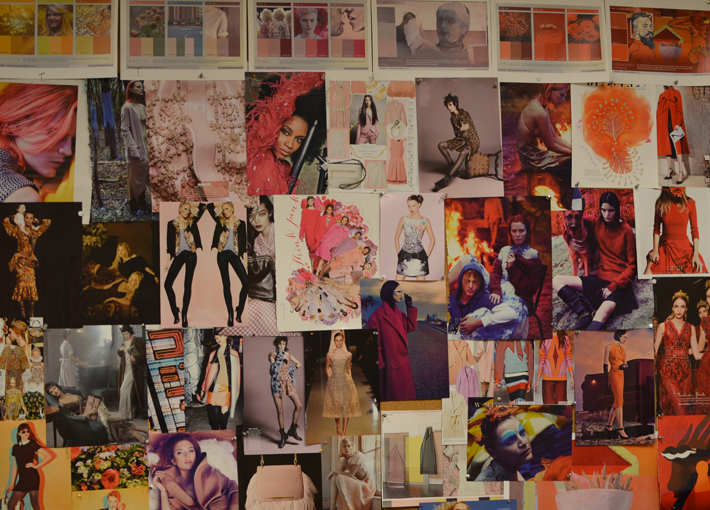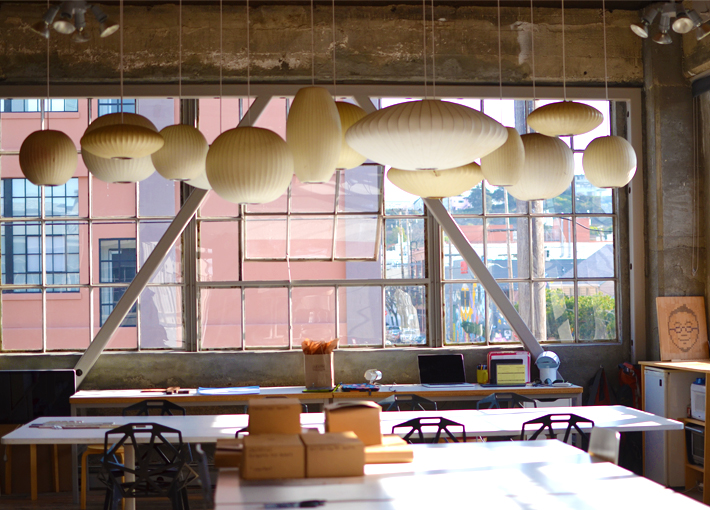 The San Francisco Design Studio.
The San Francisco Design Studio.
While in San Francisco last month I visited the new Heath Ceramics Tile Factory with Alexandra of The Merchant Home. It was fitting that this visit would follow my day at Faribault Woolen Mill; inarguably, Heath has set the standard for reinventing American classics and preserving traditional production methods. The two iconic brands share a similar history and are alike in ethos and meaning; I’d imagine that Faribault today is in a place similar to where Heath was a few years ago.
Heath was founded in 1948 by artist Edith Heath and her husband, Brian, and became known for minimalist tableware and tiles. In 2002, Catherine Bailey and Robin Petravic stumbled across the factory while walking in their new neighborhood in Sausalito. The couple were consultants, in industrial design and engineering, respectively, looking ‘to build a more satisfying and tangible design life highlighting designing and making.*‘ Though they thought the factory and the business looked interesting, they also could see that it needed some attention, so they built a plan to preserve the brand while growing the business. In 2004, they purchased the brand from Edith Heath, retaining the 24 employees working at the factory at that time*.
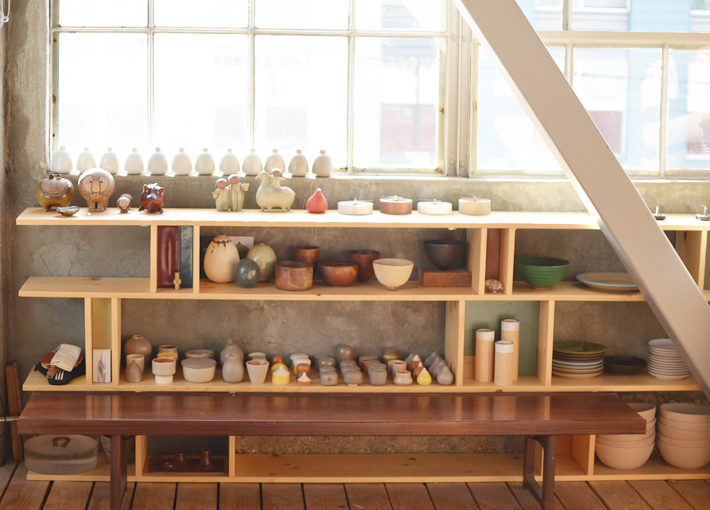 Tung’s ceramics collection.
Tung’s ceramics collection.
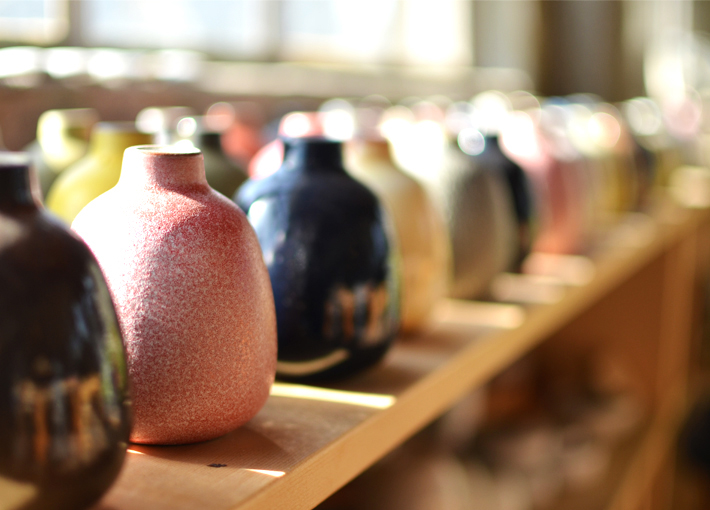 The collection of Heath bud vases.
The collection of Heath bud vases.
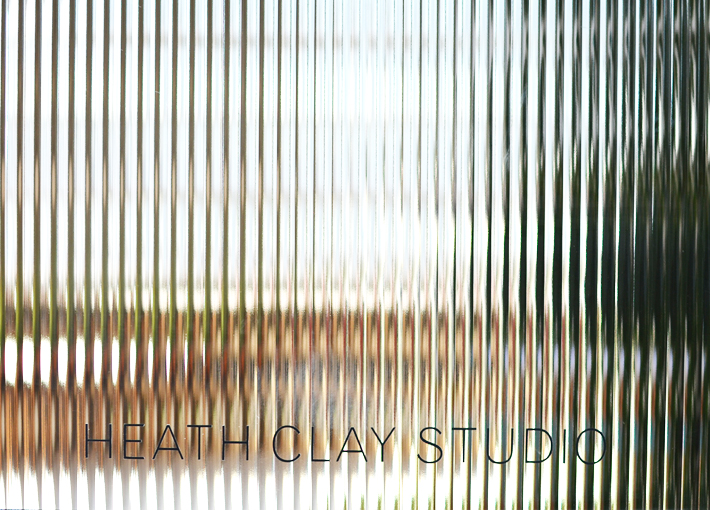 The entrance to the studio.
The entrance to the studio.
Today Heath Ceramics employs over 100 people, and along with the original Sausalito factory, has opened an LA store and design studio, a shop in the Ferry Building, and most recently, a state of the art tile factory, retail space, and design studio in the Mission neighborhood of San Francisco.
Alexandra and I had the opportunity to speak with Tung Chiang, the San Francisco Studio Director, in his incredible, light-filled workspace. The Heath Studio serves as a creative space to explore what Heath is and what it can be. The studio is self sufficient but set within the factory to increase interaction between the artistic, manufacturing, and selling processes. Heath is a perfect example of an end-to-end and wholly vertical process – there is no distance between making and selling.
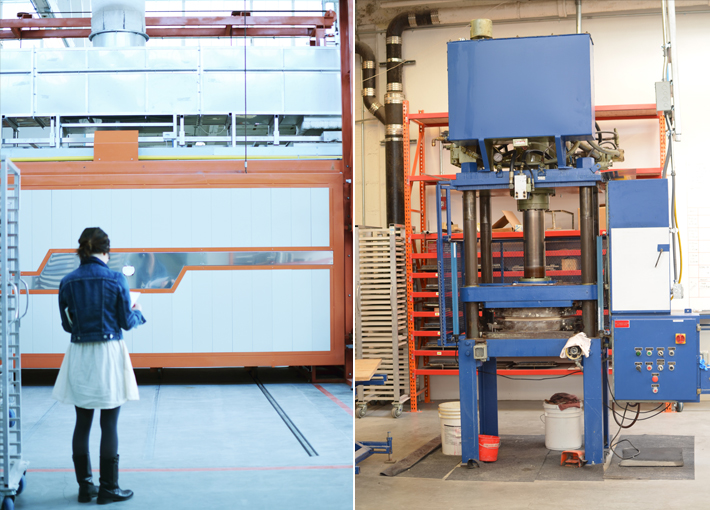 Brand new, state-of-the-art machinery. Donna is petite, but that kiln is enormous. And this tile cutting machine reminded me of a transformer!
Brand new, state-of-the-art machinery. Donna is petite, but that kiln is enormous. And this tile cutting machine reminded me of a transformer!
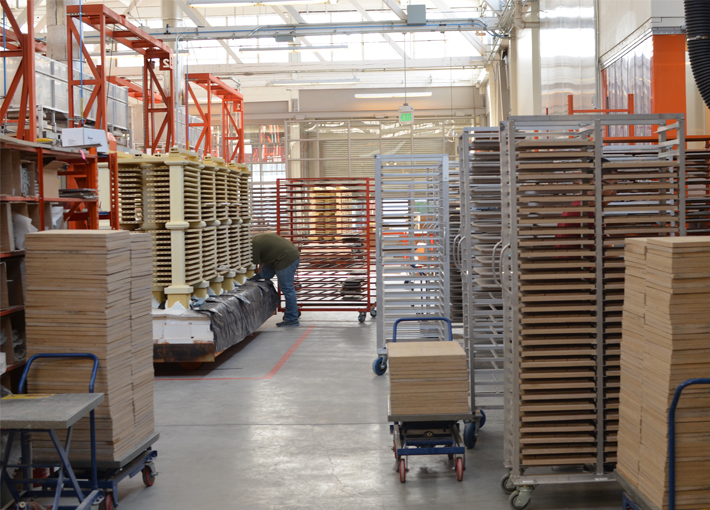 Working in the factory. Though the space and machinery is brand new, the process is still primarily the same as it was many years ago. The employees were methodical, attentive, and clearly happy and proud of their work. Likewise, Heath is equally as proud of their people.
Working in the factory. Though the space and machinery is brand new, the process is still primarily the same as it was many years ago. The employees were methodical, attentive, and clearly happy and proud of their work. Likewise, Heath is equally as proud of their people.
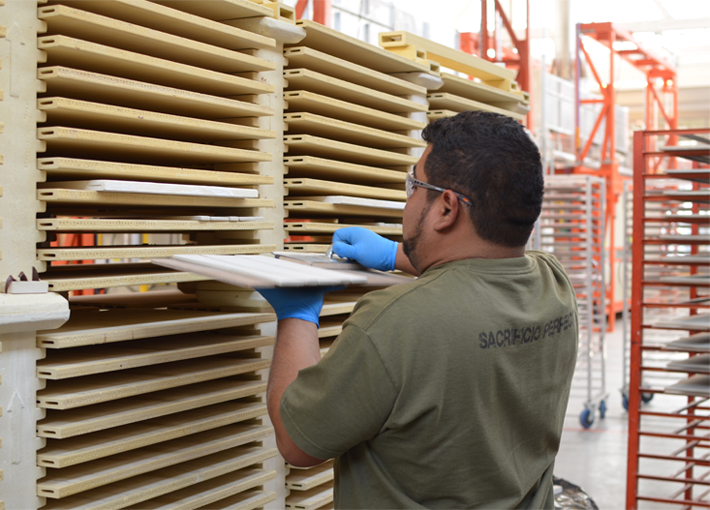 Moving the tiles to the drying rack.
Moving the tiles to the drying rack.
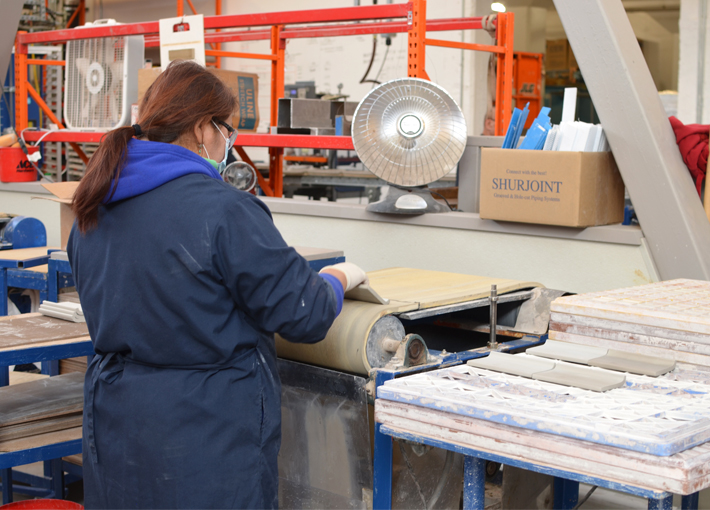 Smoothing the edges of the tile. Heath tiles are a little trickier to use than your typical tile due to the inconsistency inherent in hand-finished pieces and are typically installed by experts. Tile specialists at the retail space are available to help customers choose the right tile for their space. Edith Heath hated consistency, particularly in glazing, as it took away from the handmade effect.
Smoothing the edges of the tile. Heath tiles are a little trickier to use than your typical tile due to the inconsistency inherent in hand-finished pieces and are typically installed by experts. Tile specialists at the retail space are available to help customers choose the right tile for their space. Edith Heath hated consistency, particularly in glazing, as it took away from the handmade effect.
Although new colors are the norm for the traditional Heath ceramics (per Tung, color is Heath’s modus operandi), the brand is cautious to add new products. After seeing an opportunity to add candle holders due to the amount of handmade candles sold in Heath shops, Tung worked for an entire year developing candle holders, merging traditional Heath aesthetics with contemporary techniques. At the end of the year, the products were reviewed as an exhibit, in order to evaluate which items worked within the context of the Heath assortment. Along with the new products, prototype sets were also sold to the consumer, as a way to explain what exactly it takes to get to a final, sellable product. To me, this is the absolute fulfillment of Catherine and Robin’s quest to make design tangible. As someone who once worked on monthly product launches and refreshes that were focused on newness and trend as opposed to viability and sustainability, this attention to detail and focus on doing the right thing is astounding and amazing – and likely a driving factor in why Heath has become the incredibly innovative yet still classic brand it is today.
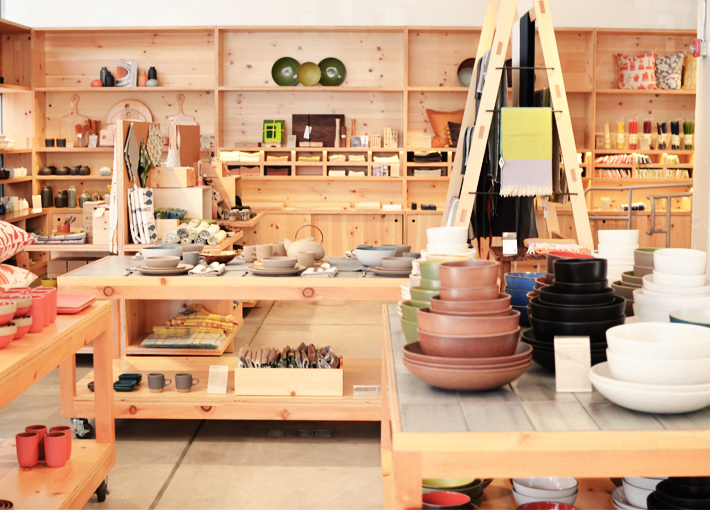 The shop carries the entire Heath line and an incredible assortment of products from like-minded brands : Faribault, Commune, Matteo, Non-Perishable Goods, Iacoli and McAlister, Ladies & Gentleman Studio, Lodge, etc. While you are shopping, or drinking a cup of coffee at the Blue Bottle, you can see the light-filled factory through glass walls, allowing you, the consumer, to feel in touch with the maker and the process.
The shop carries the entire Heath line and an incredible assortment of products from like-minded brands : Faribault, Commune, Matteo, Non-Perishable Goods, Iacoli and McAlister, Ladies & Gentleman Studio, Lodge, etc. While you are shopping, or drinking a cup of coffee at the Blue Bottle, you can see the light-filled factory through glass walls, allowing you, the consumer, to feel in touch with the maker and the process.
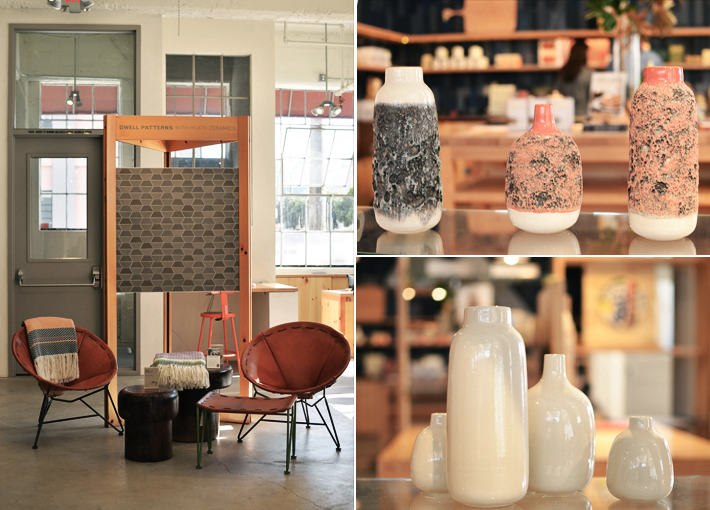 My favorites from the shop… Garza Marfa leather chairs, test vases by Adam Silverman, the Los Angeles studio Creative Director, traditional white Heath vases. That grey Adam Silverman vase absolutely came home with me.
My favorites from the shop… Garza Marfa leather chairs, test vases by Adam Silverman, the Los Angeles studio Creative Director, traditional white Heath vases. That grey Adam Silverman vase absolutely came home with me.
The San Francisco Factory will also be home to a new, exciting aspect of Heath – a creative campus for artists and makers. Heath has plans to fill the block with creative businesses (currently, Small Trades, an ethical apparel line, The Aesthetic Union, a letterpress studio, and Blue Bottle Coffee have opened); it is designed to foster collaboration and facilitate communication, not unlike the relationship between the design studio and the factory. For this campus, for collaboration opportunities, and for retail products, Heath seeks out brands and businesses that not only fit aesthetically but are also run with a sense of integrity and value-driven goals. This, to me, was one of the most interesting takeaways from this exciting visit – it’s incredible to see a brand like Heath, which can and has aligned with some of the best brands in the world, focusing on developing the community of makers and designers at large.
Heath is an incredible example of what can be – if Faribault served to remind me why focusing on conscious design, production and commerce matter, Heath’s purpose is to teach us all that is possible and what can be. Ten years ago, Catherine and Robin did not intend to turn Heath into what it is today – they thought it was an interesting opportunity that would allow them to make design more tangible. Today, Heath is at the forefront of this movement, and instead of sitting back, the team is focusing it’s collective efforts on strengthening and building the community. That’s pretty amazing. And I can’t wait to see what they do next.
Thank you to Donna Suh and Tung Chiang for taking the time to meet with us, and to Alexandra for setting up this visit!
Original photography by The American Edit.
Heath is a TAE A-List Brand. Visit and follow:
